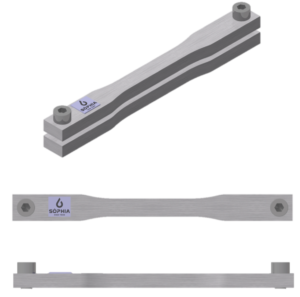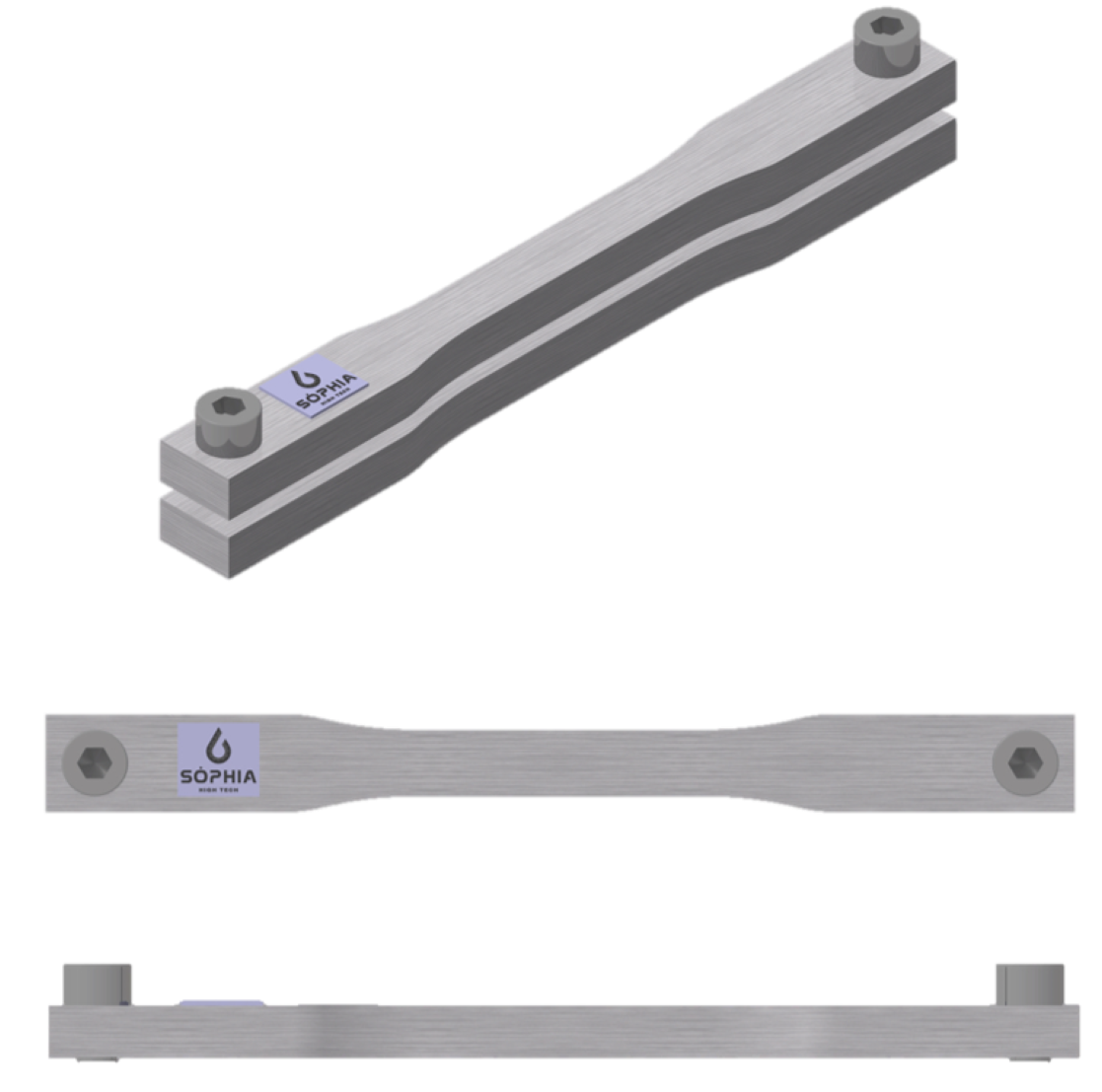
Tensile tests measure the force required to break a plastic sample specimen and the extent to which the specimen stretches or elongates to that breaking point.
ASTM D-638 tensile test procedure:
Specimens are placed in the grips of the universal tester at a specified grip separation and pulled until failure. For ASTM D 638 the test speed is determined by the material specification. An extensometer is used to determine elongation and tensile modulus.
Elevated or Reduced temperature test procedure:
A thermal chamber is installed on the universal test machine. The chamber is designed to allow the test mounts from the base and crosshead of the universal tester to pass through the top and bottom of the chamber. Standard test fixtures are installed inside the chamber, and testing is conducted inside the controlled thermal environment the same as it would be at ambient temperature. The chamber has internal electric heaters for elevated temperatures and uses external carbon dioxide gas as a coolant for reduced temperatures. The size of the chamber places a limitation on the maximum elongation that can be reached, and extensometers are generally limited to no more than 200° C.
Specimen size: The most common specimen for ASTM D-638 is a Type I tensile bar.



